Asteroid 2020 FV4 set for Earth approach today! NASA clocks 92-foot rock at 29350 kmph
Asteroid 2020 FV4 has been tracked heading towards Earth and could make a close approach with Earth as soon as today.
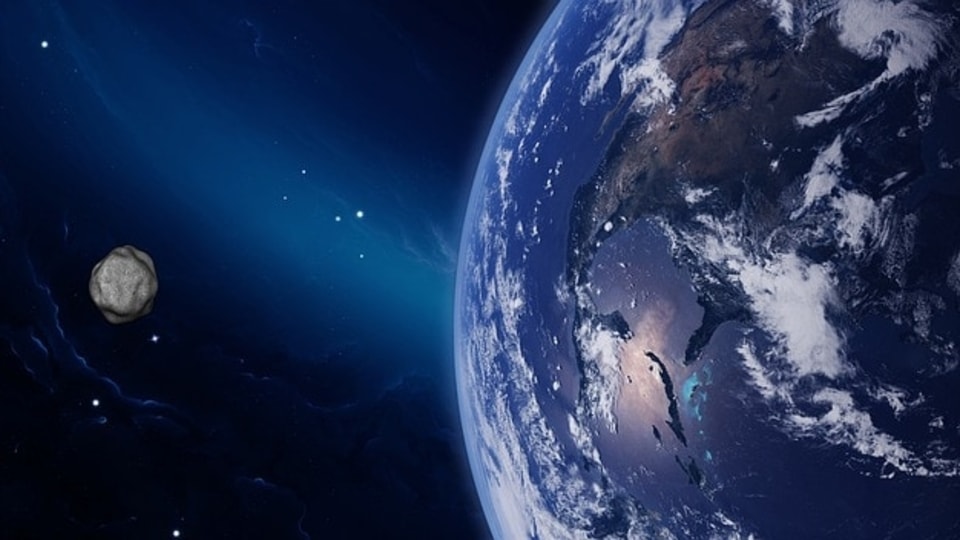
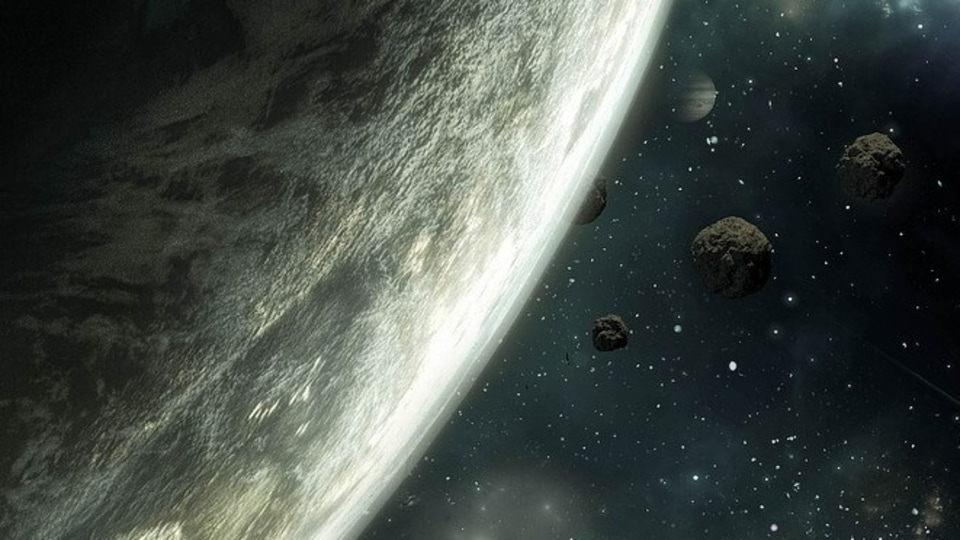
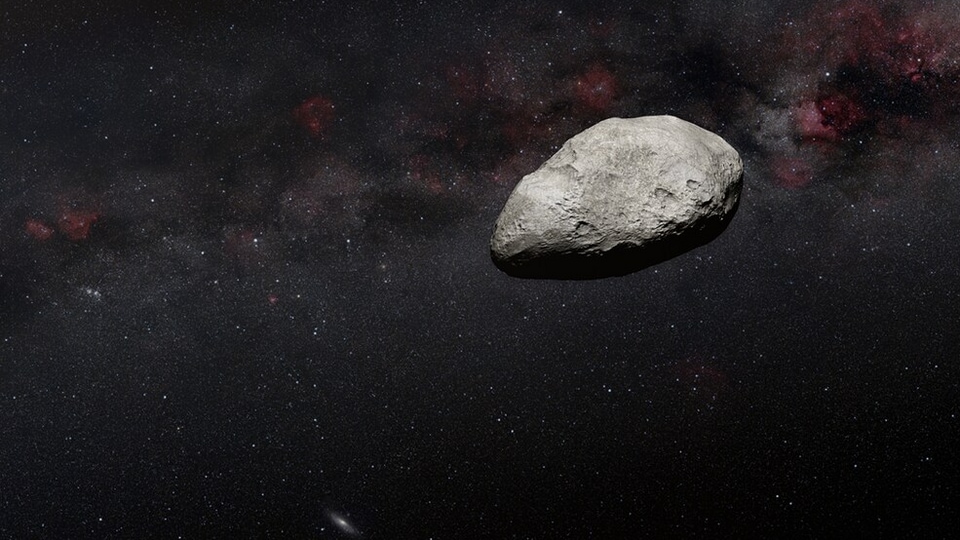
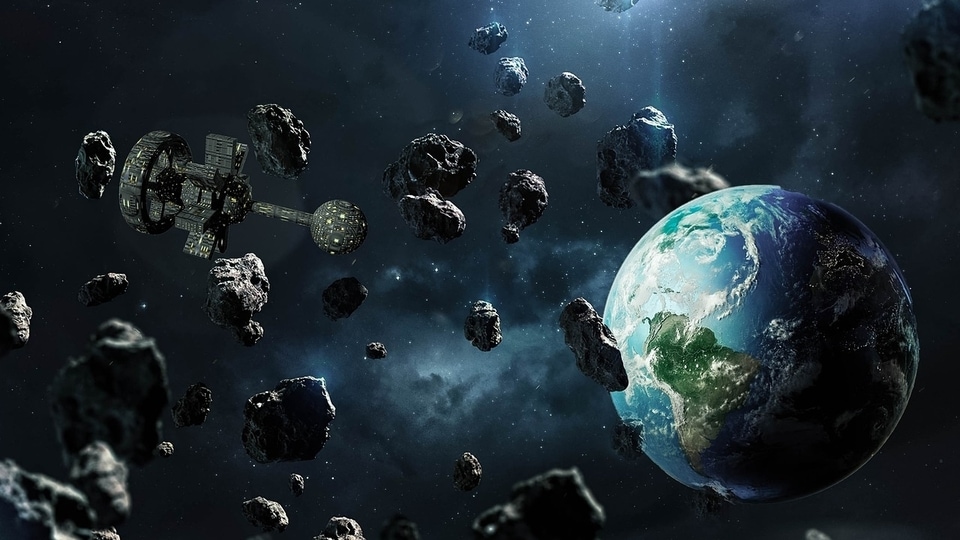
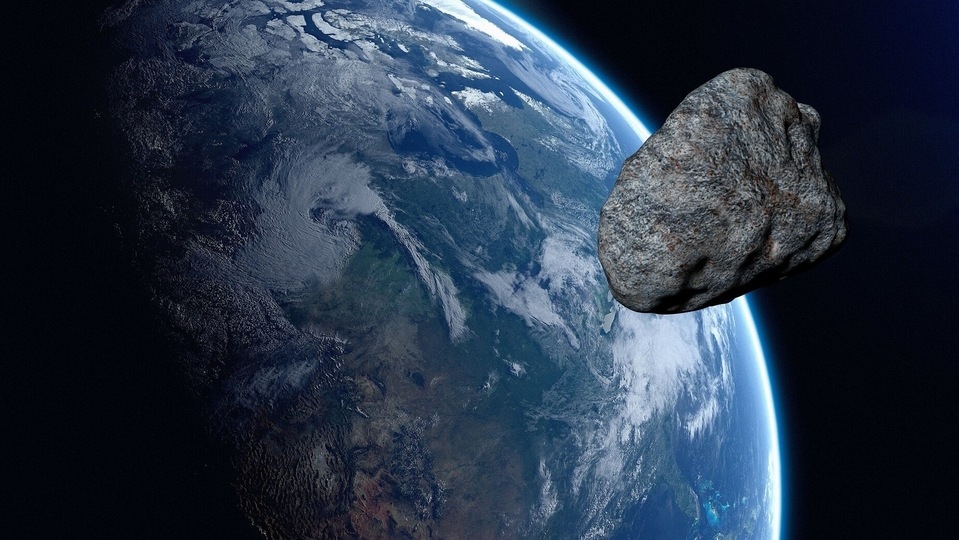
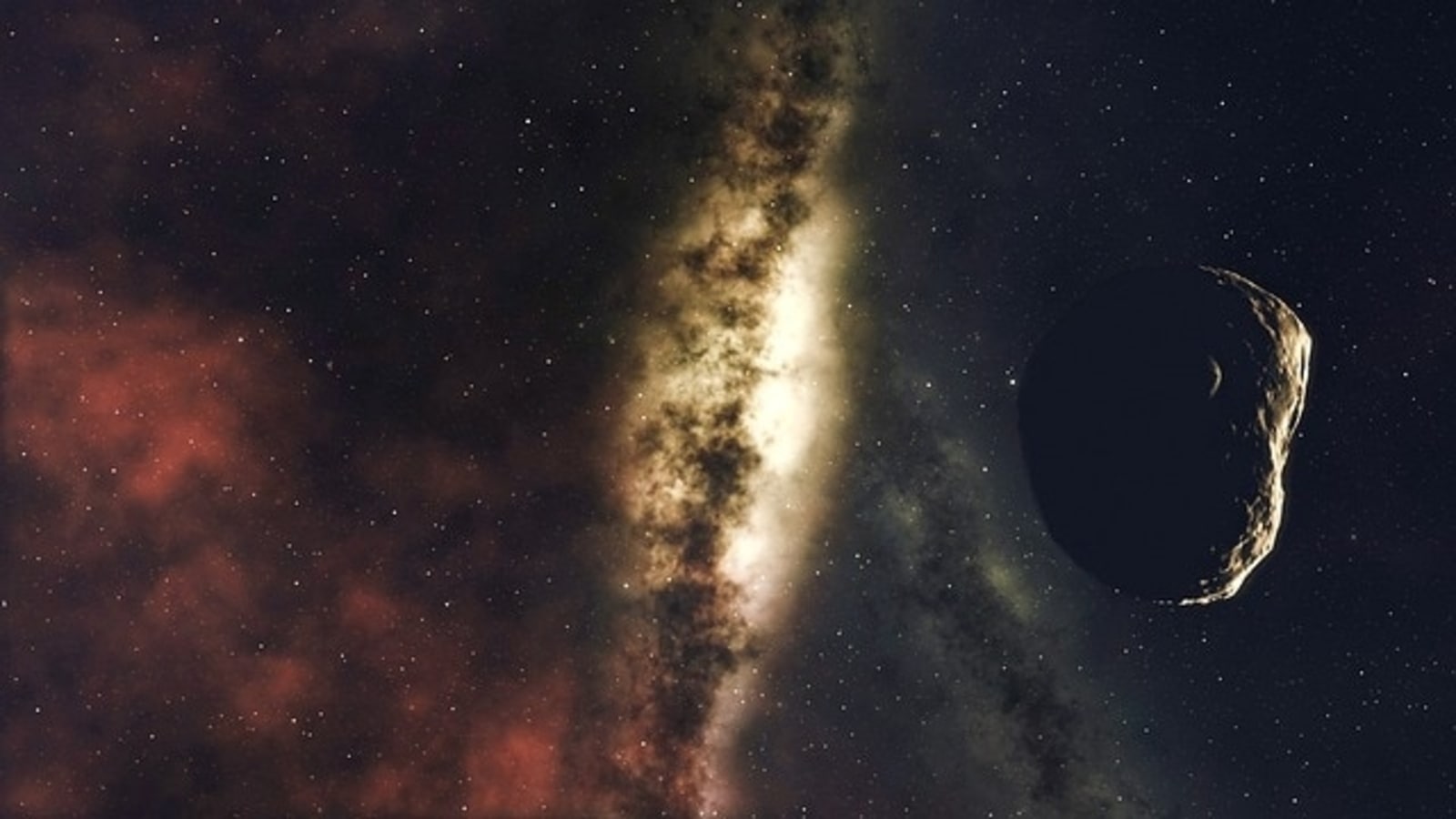
 View all Images
View all ImagesAlthough smaller asteroids make close approaches with Earth nearly every day, bigger asteroids seldom do so. Even when asteroids come close to Earth, they do so safely or most of them burn up in the planet's atmosphere itself. An asteroid named Asteroid 2020 FV4 has been receiving a lot of attention lately from space agencies around the world as it is all set to make a close approach with Earth today. The Near-Earth Object Observations Program, commonly called "Spaceguard," discovers these objects, characterizes a subset of them, and determines their orbits to determine if any could be potentially hazardous to our planet.
NASA has now issued a warning against an asteroid that will make a very close approach to Earth today, March 13.
Asteroid 2020 FV4 details
NASA has red-flagged an asteroid named Asteroid 2020 FV4 due to its extremely close approach with the planet. The asteroid will make its closest approach to Earth today, March 13, at a distance of 6.7 million kilometers per hour. It is already on its way towards the planet travelling at a fearsome speed of nearly 29350 kilometers per hour!
Asteroid 2020 FV4 is particularly concerning due to its huge size. With a width of 92 feet, this asteroid is nearly the size of an aircraft, says NASA. Although this asteroid is not expected to collide with Earth, a slight deviation in its trajectory due to the Earth's gravitational pull can send the asteroid hurtling towards Earth for an impact.
Previous asteroid impacts on Earth
Although asteroids have been safely passing near Earth these past few months, it doesn't mean a collision with the planet isn't on the cards. In fact, an asteroid was the reason behind the extinction of one of the largest species on the planet nearly 65 million years ago – dinosaurs.
According to the Alvarez hypothesis, the extinction was caused by a massive asteroid which crashed on Earth more than 65 million years ago. The asteroid terraformed the planet and is likely the reason that started the extinction of dinosaurs. Scientists have even found the impact crater of the asteroid in Chicxulub, near the Yucatan Peninsula in Mexico.
And a few years ago, the Chelyabinsk incident happened and much before that, the Tunguska event. The largest asteroid to hit Earth was around 2 billion years ago and it left behind the Vredefort crater near Johannesburg, South Africa.
Catch all the Latest Tech News, Mobile News, Laptop News, Gaming news, Wearables News , How To News, also keep up with us on Whatsapp channel,Twitter, Facebook, Google News, and Instagram. For our latest videos, subscribe to our YouTube channel.





























